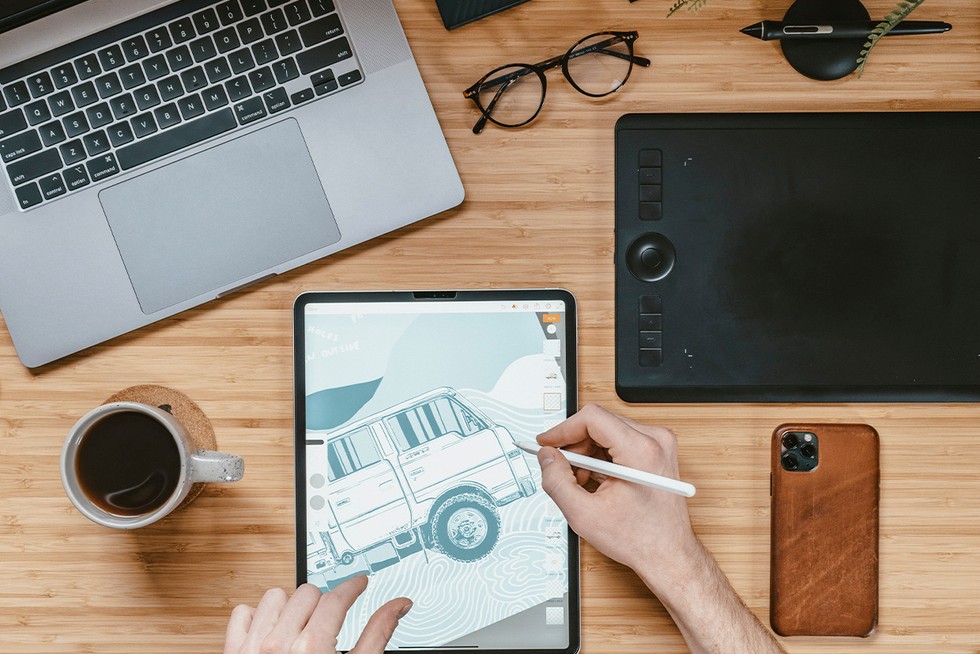Digital drawing tablets have revolutionized the way artists and designers create digital art, offering a seamless transition from traditional mediums to digital platforms. Whether you’re a professional artist or an aspiring designer, choosing the right digital drawing tablet is crucial for achieving your creative vision. In this ultimate guide, we will explore the key factors to consider when selecting a digital drawing tablet, including pressure sensitivity, display type, size, software compatibility, and additional features, helping you make an informed decision and take your artistic journey to new heights.

1. Pressure Sensitivity:
Pressure sensitivity is a vital feature for digital drawing tablets as it allows for precise control over line thickness, opacity, and shading. Look for tablets with high levels of pressure sensitivity to achieve more nuanced and expressive brush strokes. A higher pressure sensitivity level provides greater control over your artistic creations.
2. Display Type:
Digital drawing tablets come in two main types: screenless tablets and tablets with built-in displays. Consider the following display options:
a. Screenless Tablets: These tablets require you to connect them to a computer or laptop to see your artwork on the screen. They are more affordable and portable, but the disconnect between the pen and the screen may take some time to adjust to.
b. Tablets with Built-in Displays: These tablets have a screen that directly displays your artwork as you draw. They offer a more intuitive drawing experience, closely mimicking traditional pen and paper. However, they are generally more expensive and bulkier.
3. Size:
The size of the drawing area is an important consideration based on your artistic preferences and workspace. Smaller tablets are more portable, while larger tablets offer a more spacious drawing surface for intricate artwork. Consider your artistic style and available workspace when selecting the size of the digital drawing tablet.
4. Software Compatibility:
Ensure that the digital drawing tablet you choose is compatible with the software you prefer to use for your artwork. Most tablets are compatible with popular drawing applications such as Adobe Photoshop, Illustrator, or Corel Painter. Verify the tablet’s compatibility with your preferred software to ensure a seamless workflow.
5. Additional Features:
Consider additional features that can enhance your drawing experience:
a. Multi-Touch Support: Some tablets offer multi-touch capabilities, allowing you to use gestures for zooming, rotating, or panning your artwork. This feature can streamline your workflow and improve navigation.
b. Shortcut Buttons and Customizable Keys: Tablets with programmable shortcut buttons or customizable keys provide quick access to frequently used tools, saving you time and increasing efficiency during the creative process.
c. Tilt Recognition: Tilt recognition technology detects the angle at which the pen is held, allowing for more natural shading and brush effects. This feature adds an extra level of control and realism to your digital artwork.
d. Pen and Eraser Functionality: Look for tablets that offer pens with pressure sensitivity and an eraser function, allowing you to switch between drawing and erasing without the need to change tools.
Conclusion:
When choosing a digital drawing tablet, prioritize features such as pressure sensitivity, display type, size, software compatibility, and additional functionality. Consider your artistic needs, budget, and preferred workflow to find the perfect tablet that aligns with your creative vision. With the right digital drawing tablet in hand, you can unleash your artistic potential, create stunning digital artwork, and explore endless possibilities in the digital realm.